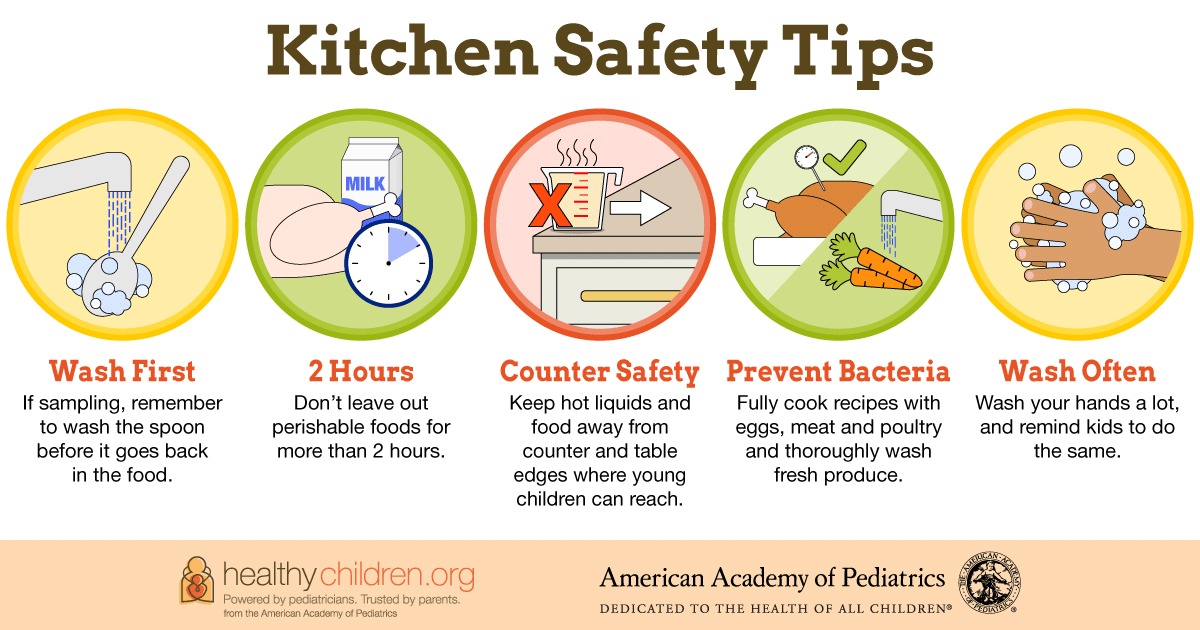Whether it is holiday cookies, perogies, roast goose, latke or tamales, foods are an important ingredient of holiday celebrations. Teaching children to
cook your family's recipes can nurture ethnic identity,
heritage and culture. It also gives young chefs a sense of accomplishment.
Follow these tips from the American Academy of Pediatrics to keep holiday cooking and feasting fun and healthy:
Cook & wash food thoroughly
When preparing food for a holiday celebration, follow food safety guidelines.
Bacteria are often present in raw foods. Fully cook meats and poultry, and thoroughly wash raw
vegetables and fruits.
Heed hand hygiene
While you're teaching your children family recipes, also teach them about good food safety.
Wash your hands frequently, and make sure children do the same.
Sample safely
If you offer your helper a taste, be sure to wash the spoon before putting it back into the food. Also, make sure that taste doesn't include raw eggs or other ingredients that need to be cooked before they're eaten.
Keep raw foods separate
During preparations for a party, the refrigerator and freezer can become crowded with with sweets, roasts and other goodies. Take care not to let these become breeding grounds for bacteria that can cause
food poisoning. Always keep raw foods and cooked foods separate, and use separate utensils when preparing them.
Thaw frozen foods in the fridge
Always
thaw meat in the refrigerator, never on the countertop. Try to keep a safe safe, constant temperature as the food defrosts—at 40 °F or below.
Prevent burns & other kitchen injuries
Keep hot food and liquids away from the edges of counters and tables, where they can be easily knocked over by a young child's exploring hands. Turn pot handles toward the side or back of the stove. Be sure that young children cannot access
microwave ovens.
Show older children how to use oven mitts to protect hands from heat and how to turn appliances on and off safely. Remind them to keep flammable objects away from open flames. And remember to supervise children when cooking to ensure they are sticking with safe and age-appropriate tasks.
Leftovers: put away or toss?
Perishable foods that require refrigeration should never be left at room temperature for more than two hours. After being safetly cooked, Hot food must be kept at 140° F or warmer to prevent bacterial growth. Within 2 hours of cooking food or after it is removed from an appliance keeping it warm, leftovers must be refrigerated.
Clean-up quickly
After a holiday meal, clean up immediately. A toddler could wake up early the next morning and
choke on leftover food or come in contact with alcohol or tobacco.

More information